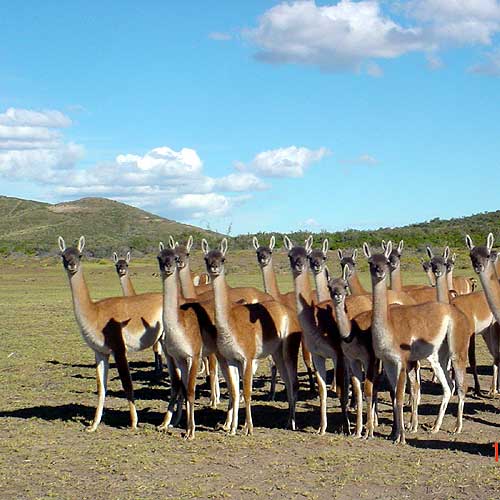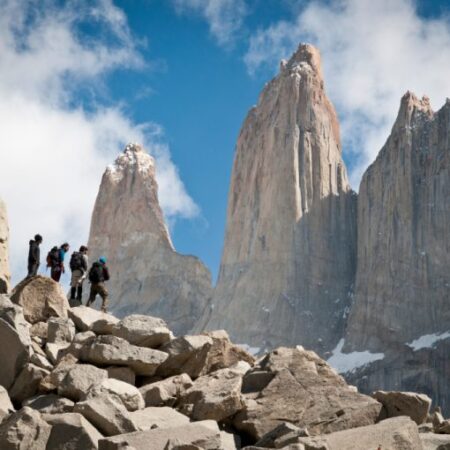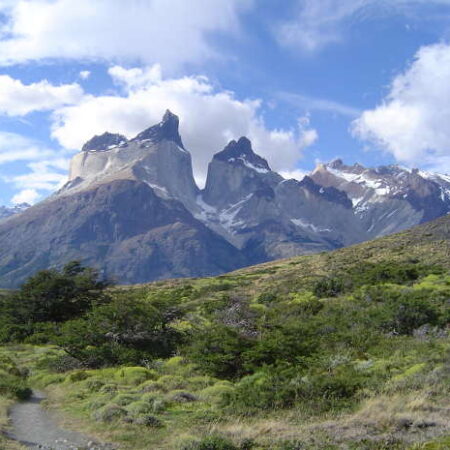We have been asked more than once if a defined Patagonia cuisine exists, and we have always answered yes, because we find distinct regional trademarks.

The New Patagonia Cuisine (Nueva Cocina Patagónica) is a movement that proposes a true culinary revolution. When we normally talk of the regional cuisine of Patagonia we are actually thinking of ingredients that have been introduced by immigrants arriving from diverse areas of the world. Trout, deer and wild boar are not native species to Patagonia.
From the perspective of the practitioners of the New Patagonia Cuisine it was necessary to review the native Amerindian past of the region and incorporate the ingredients used by the original inhabitants into first class dishes. Therefore, the use of the meat of the guanaco and the choique and of edible wild plants has taken prime importance.
The guanaco is the oldest meat source in Patagonia, and along with the llama, the alpaca and the vicuña, formed the animal pillars of the indigenous culture of the mountains, from the Inca to the Mapuche. This animal provided all of the necessities: wool to make warm clothes, meat for food and also a suitable sacrifice for the gods.
With the arrival of European settlers, species were introduced that competed with the guanacos for food, and the guanaco was hunted indiscriminately. As a result, the population declined so sharply that it became recognized as an endangered species.
Today there are various projects that raise guanacos in semi-captivity allowing them to be used in a sustainable manner. From these projects we can obtain wool of the finest quality and meat, which is noted for its lean quality distinctive of game animals.
Along with the meat of the guanaco and wild hare, the wild mushrooms and the berries typical of the mountain habitat the New Patagonia Cuisine grows and thrives, creating dishes that are as unforgettable as they are delicious.






















